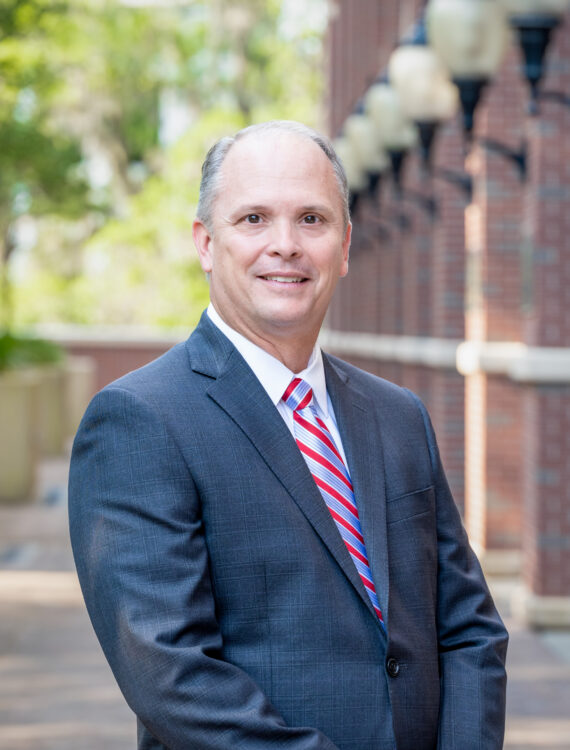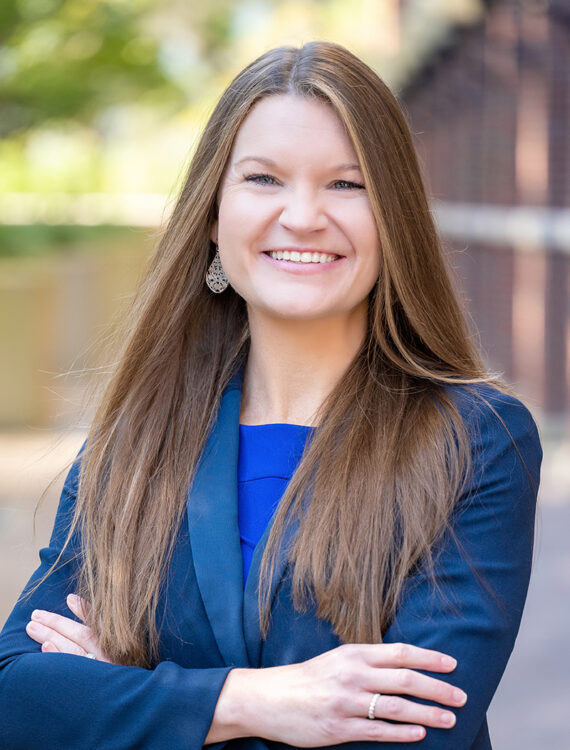FHCF Seeks to Avoid “Over-Exposure”

Several months ago, the Florida Hurricane Catastrophe Fund (FHCF) released a proposal to gradually reduce the FHCF’s exposure to ensure it is able to meet its obligations to insurers. Jack Nicholson of the FHCF recently referred to moving from the current position in which the FHCF might meet its obligations, or hopes to meet its obligations, to a position where the FHCF has absolute confidence it will be able to reimburse all insurers’ claims.
The FHCF’s proposal has several elements. First, the mandatory coverage layer would drop from $17 billion to $12 billion over a three-year period. At the same time, the FHCF’s copayment requirement (currently 10% for most insurers) would be increased to 25%.
The rapid cash build-up factor, currently being phased-in to the 25% level, would be extended to 50%, and the industry retention underneath the FHCF would be set at $8 billion and adjusted annual thereafter. These changes collectively would allow the FHCF to reduce its maximum single-season assessment to 5% (instead of 6%) and it total assessment potential to 8% (down from 10% currently).
Although the FHCF’s most recent bonding estimate suggests it will be able to issue enough bonds to meet is maximum obligations, Nicholson pointed out to legislators this week that worldwide economic conditions continue to be unstable and could impede the FHCF’s ability to actually do so. Key legislators asked the FHCF to work with legislative staff to develop potential statutory revisions to ensure the FHCF is able to fulfill the role that has been established for it.
The FHCF has been instrumental in aiding the Florida residential property insurance market over the last 15 years. However, the stability intended by the FHCF can’t exist if the fund is unable to make good on the coverage insurers are required to buy. At the same time, it is important to remember that each of the elements of the FHCF’s proposal will put upward pressure on rates. Recall that the legislature expanded the FHCF in 2007, and in doing so required insurers to immediately pass on savings that were presumed to have resulted from the expansion. Proposals to now reduce the size of the FHCF and to increase its underlying retention will cause insurers to buy more of their reinsurance coverage in the private market, and those costs ultimately will be affected in insurers’ rate filings (a little bit each year due to the multi-year phase-in that has been proposed). Having an FHCF that is able to fully reimburse its participating insurers is essential for the Florida market, but we must recognize that public policy adjustments have broader effects in the market.











